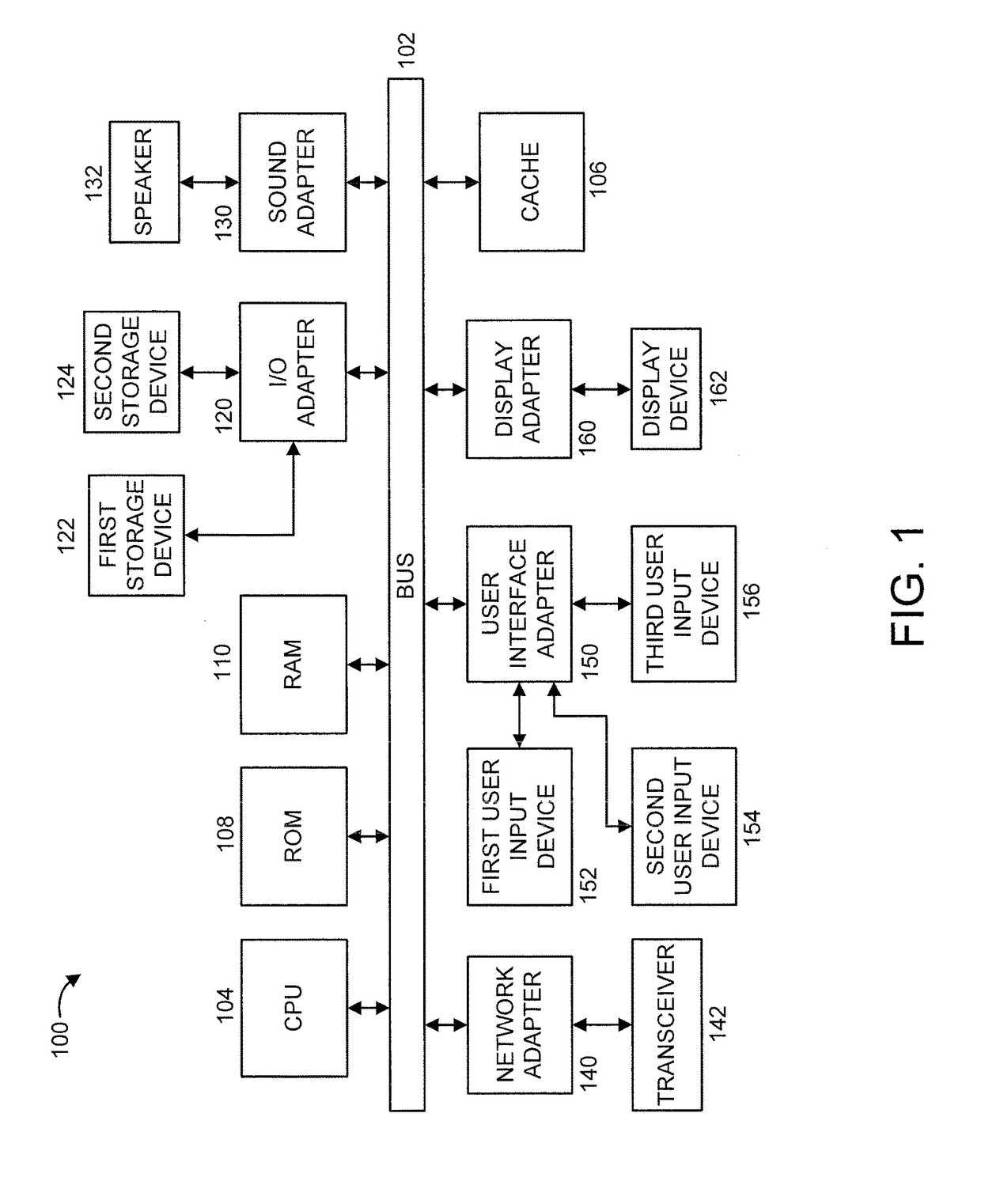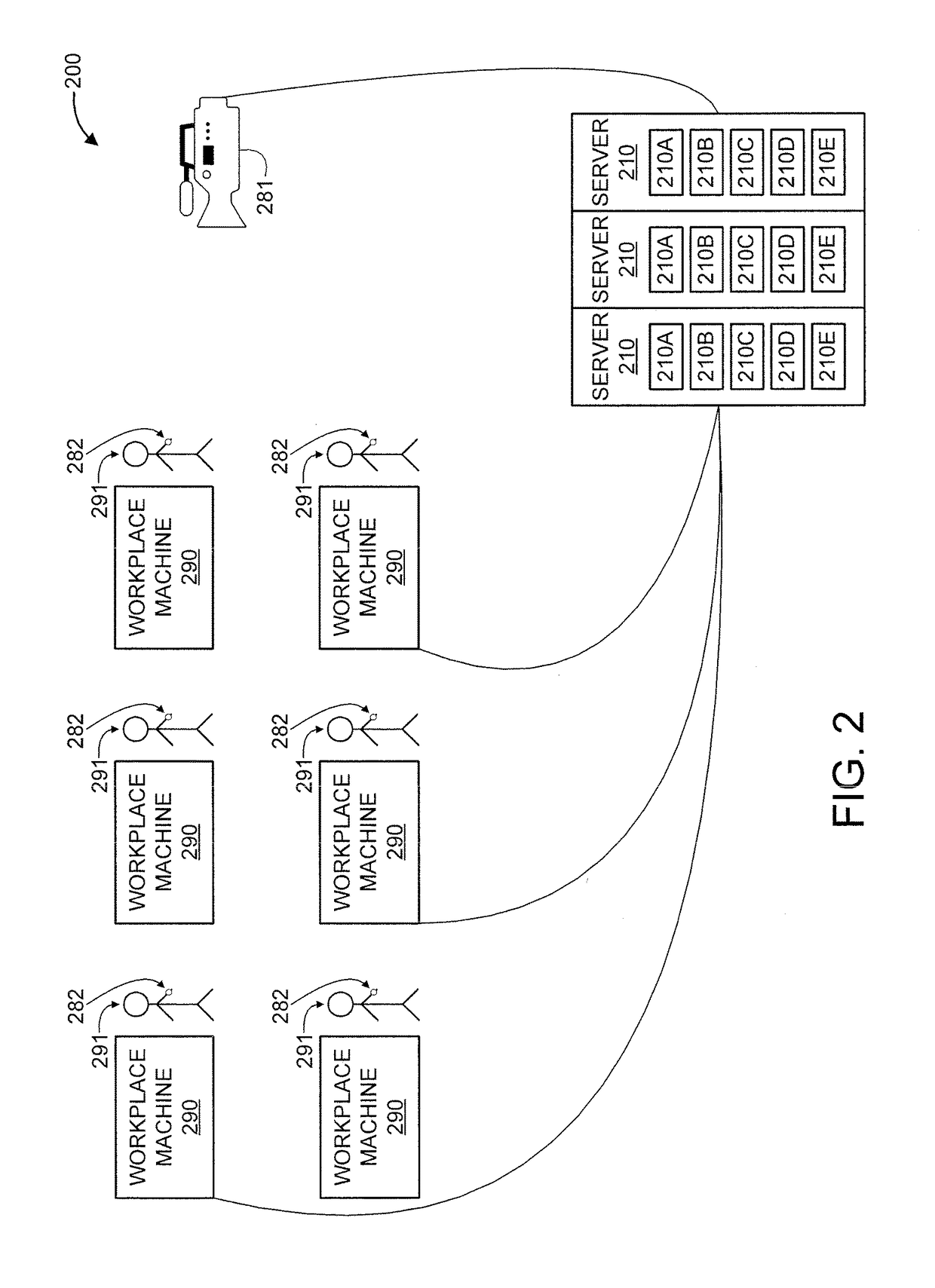Work schedule creation based on predicted and detected temporal and event based individual risk to maintain cumulative workplace risk below a threshold
a work schedule and risk technology, applied in the field of work schedule creation, can solve the problems of employer's uninsured costs and fire loss, non-fatal injuries, and 750 billion lost wages and productivity, and achieve the effects of reducing the risk of workplace accidents
- Summary
- Abstract
- Description
- Claims
- Application Information
AI Technical Summary
Benefits of technology
Problems solved by technology
Method used
Image
Examples
Embodiment Construction
[0018]The present principles are directed to work schedule creation based on predicted and detected temporal and event based individual risk to maintain cumulative workplace risk below a threshold.
[0019]In an embodiment, the present principles are utilized with respect to a cloud deployable “cognitive suite of workplace hygiene and injury predictors” (abbreviated as “Cognitive WHIP”). In an embodiment, the present principles provide a system and method by which the Cognitive WHIP outputs (predictions) are examined over a prediction window of a worker's shift, and the scheduling of activities during the worker's shift is automatically generated to minimize the Cognitive WHIP's prediction of risk related to industrial hygiene or injury related events. Scheduling may take into account any of the following: time of day; proximity of the worker to other workers; equipment, or environments; worker performance patterns over the shift and relative to breaks and meals, and so forth.
[0020]In ...
PUM
 Login to View More
Login to View More Abstract
Description
Claims
Application Information
 Login to View More
Login to View More - R&D
- Intellectual Property
- Life Sciences
- Materials
- Tech Scout
- Unparalleled Data Quality
- Higher Quality Content
- 60% Fewer Hallucinations
Browse by: Latest US Patents, China's latest patents, Technical Efficacy Thesaurus, Application Domain, Technology Topic, Popular Technical Reports.
© 2025 PatSnap. All rights reserved.Legal|Privacy policy|Modern Slavery Act Transparency Statement|Sitemap|About US| Contact US: help@patsnap.com



